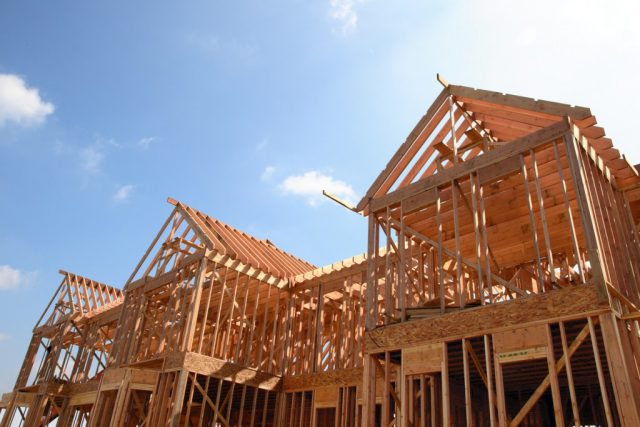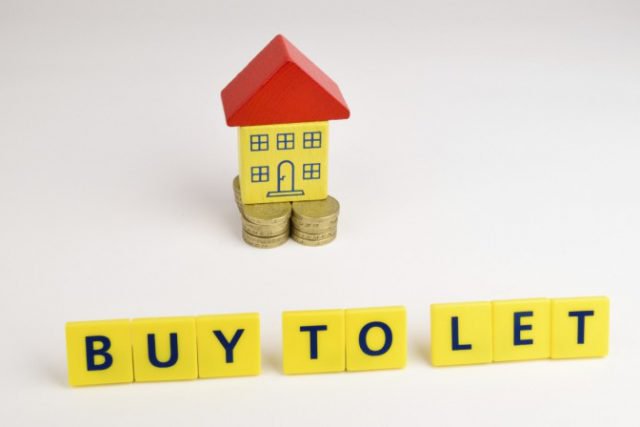5 Priorities for Successful Build to Rent Properties
There has been an increase in the number of private tenants in England, with 20% of all households now renting from a private landlord. Subsequently, build to rent properties, designed for long-term occupation, are on the rise.
There are many reasons why more people are renting, and for longer, in the UK, whether it be because of the changing and uncertain housing market, or the struggle to save for a home deposit.
Build to rent properties need to be designed with tenants in mind, and, thus, community and residence experience need to be considered carefully by investors.
To help, broadband and utilities provider Glide has put together its five top priorities to consider when investing in build to rent properties:
1. Understand your customer
With over a third (37%) of build to rent properties being occupied by young professionals, it is important that investors understand what they are looking for. All-inclusive bills are a high priority when choosing a place to live, according to over half (52%) of millennial movers. Any other ways to save time and make things as convenient as possible for your tenant, such as parcel storage or dry cleaning, are also desirable.
As many young professionals commute to work, it is a good idea to consider this when choosing areas in which to invest. According to recent research, two in five (40%) of those without children factor in distance to work when choosing a rental home, while one in five (21%) also prefer to live near public transport links or airports.
2. Sense of community
As experiences are valued highly among young professionals, creating a sense of community is key in build to rent properties. Your professional audience needs to feel part of a well connected, respectful and communal living environment.
A good way of ensuring a positive community atmosphere is a Facebook group for the building. This can be a good way for tenants to interact with other people that they are living with, and create social events, such as barbecues and meet-ups. This is particularly appealing to those who have only recently moved to the area for work and don’t know many people before they move in.
In order to accommodate and promote this social setting, spaces, such as rooftop terraces, communal gardens or lounge areas, are a good idea for tenants to socialise and relax outside of their own homes.

3. Not just a place to sleep
Creating space, or the illusion of space, is very important for ensuring that tenants don’t feel too claustrophobic. In-built storage facilities will mean more floor space and open-plan rooms, which are more appealing to millennials.
Lighting is crucial for making rooms appear light and spacious, so natural light is a must-have. However, being able to wind down with more relaxed lighting is also important. Therefore, well-sized windows and dimmer light switches will help to facilitate this. There should also be lots of plug sockets available, so that your tenants can use lamps and other electricals, such as chargers and tablets, to create a personal environment.
4. Stay up to date with technology
Cutting edge technology is vital to enhance the customer experience. Millennials rely heavily on fast and reliable wifi in their lives, from streaming TV shows and movies, to ordering their weekly groceries online. High-speed connectivity is an essential part of renting for 80% of young professionals.
Being able to control all aspects of your home at the tap of a screen is becoming more popular. You should ensure that this is incorporated into your build to rent properties, as well as any other upcoming home technologies.
5. Be future-proof
As tenants are looking to rent long-term, they will be keen to live in a building that is set to last. You should make sure that you invest in solid infrastructure, so that you can ensure that your tenants have what they need for years to come.
Integrating engineering systems allows for high quality space, which means that developers have more floor space to play with.
In order to use less power, consequently providing lower energy bills, you should have a full fibre infrastructure that will stand the test of time. This will also reduce the tenants’ carbon footprints, which is a key and topical issue for millennials.
Are you looking to invest in build to rent properties? Make sure that your investment has the features above.






